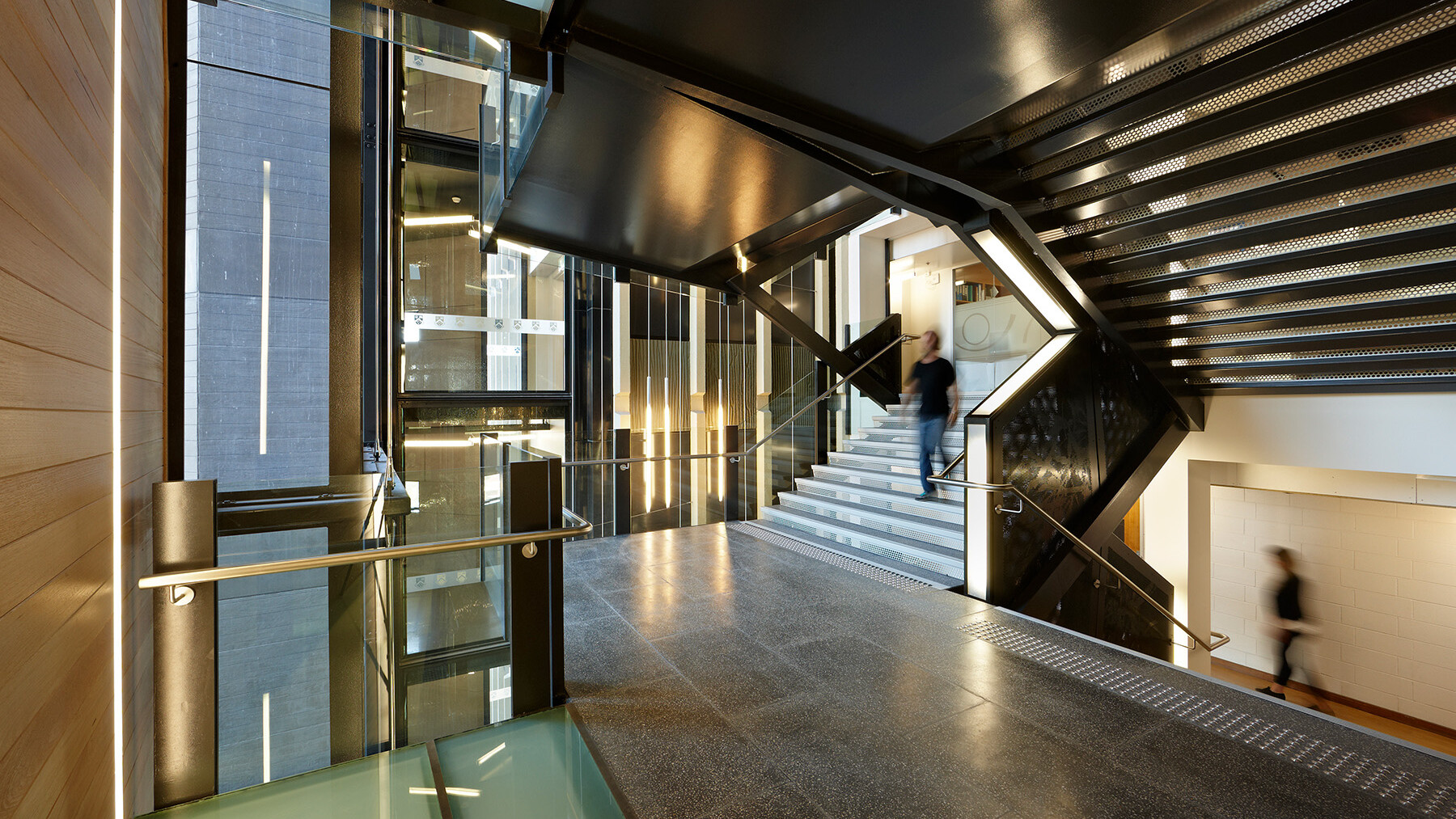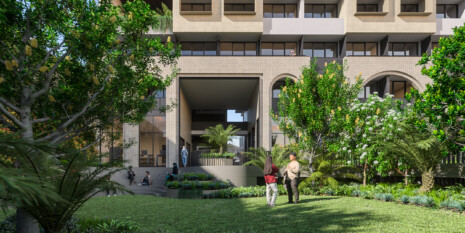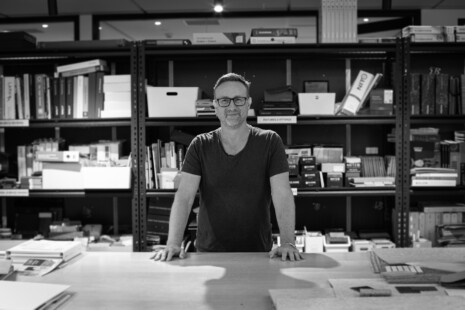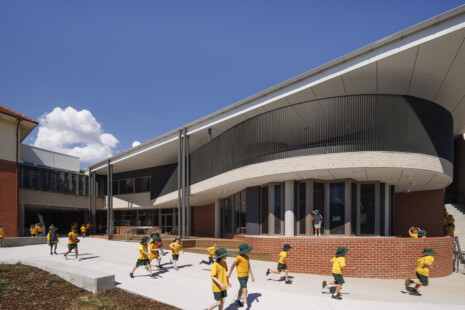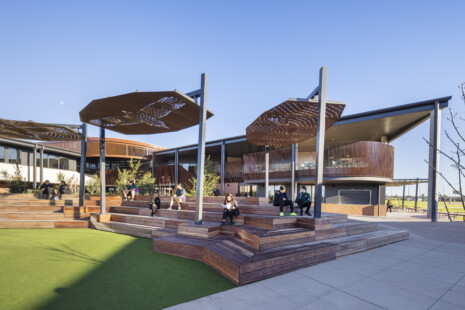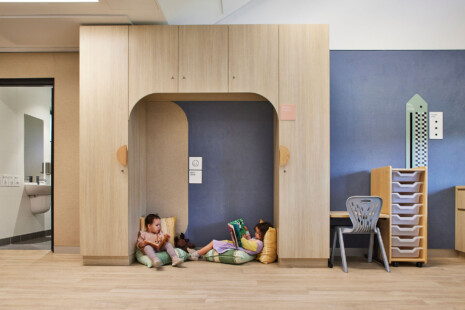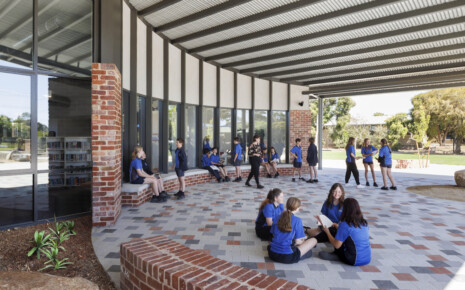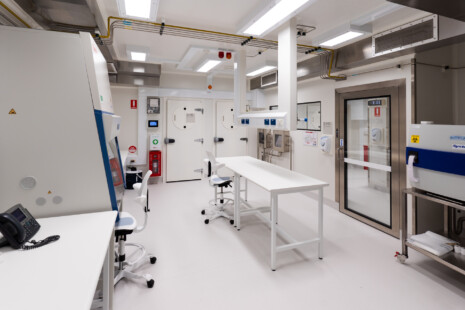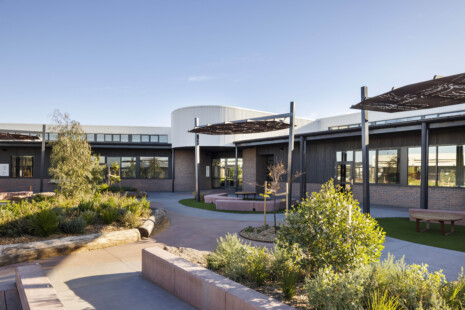
The Menzies Building at Monash University – Reworking a DesignInc Classic
Although DesignInc is currently working on a feasibility study for Monash University’s Building 13F – a project we initially designed in 1970 when the practice was known as Eggleston Macdonald Secomb (EMS) – it’s not the first time we’ve had the opportunity to rework one of our own projects for the university. Another one that immediately comes to mind is The Menzies Building (also designed as EMS), completed in 1963.
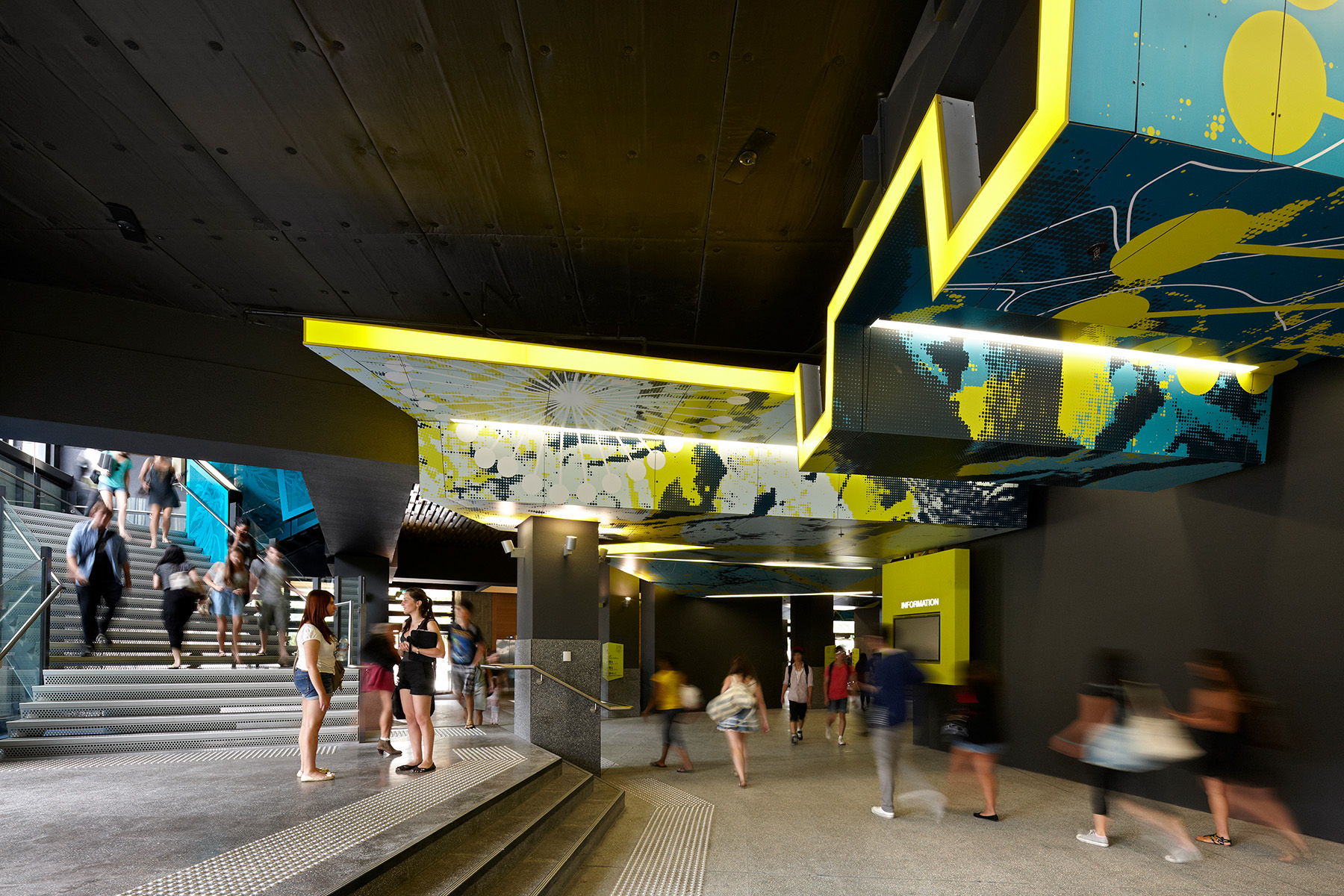
Like all new learning environment upgrades, this one, undertaken in 2011, was to bring the existing 11-storey building in line with prevailing pedagogies, which simply didn’t exist when it first opened. So the Melbourne studio created centralised meeting, collaboration and breakout spaces that offer students flexibility by supporting different modes of study. Transparency was also a consideration when reconfiguring the scheme and as a result, a new system of lifts and strategically placed open stairs were installed to ensure views across each level and out towards the surrounding campus.
Not only do these unobstructed sight lines facilitate a greater sense of community, but they better connect students and staff with nature. This emphasis on bringing the outside in was also prioritised in the refurbishment of the building’s foyer, which included the addition of a café. Indeed, the design finds its most compelling biophilic expression in the entry’s north-south wayfinding canopy that incorporates a series of nature-inspired graphics onto its surface. And pops of citrus green and yellow make the illuminated undulating structure stand out all the more against the otherwise neutral timber, steel and concrete interior, creating a striking campus gateway.
Interestingly, this canopy’s form pays homage to the original southern entry canopy that was removed in the 1970s to make way for an extension. While our commitment to biophilic design is strong, we also value the incorporation of old and new, which was seamlessly realised in order to deliver a further 40-year lifecycle for this building.
